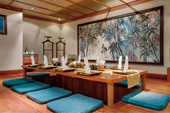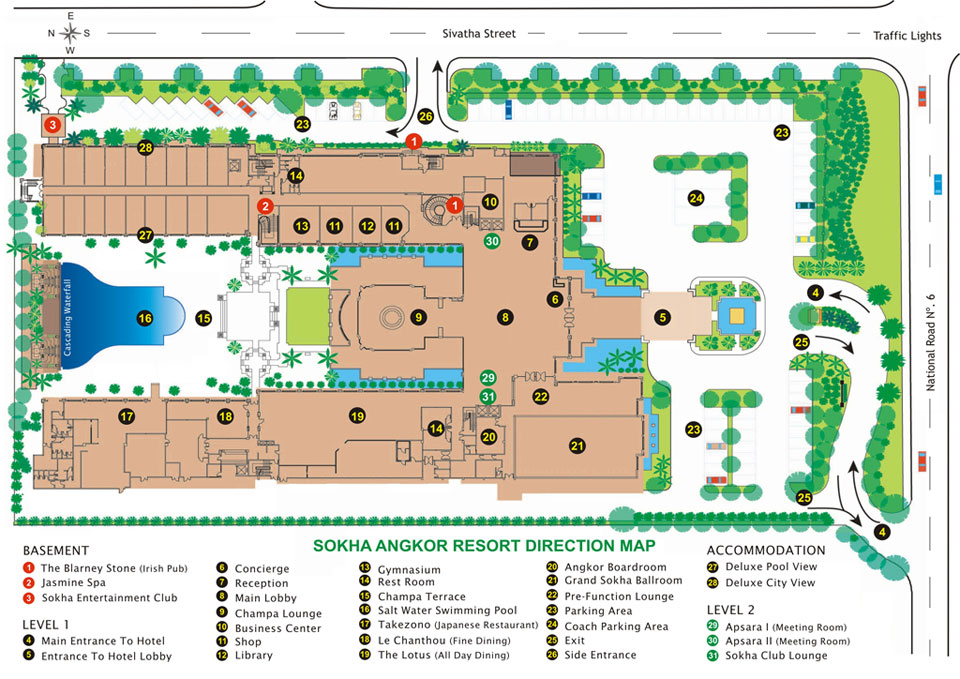Feedback
Kulen Mountain National Park
The Kulen Mountain or Phnom Kulen is declared as a National Park. It is an isolated mountain massif located in Svay Leu District and some 48km from Siem Reap. Its highest point is 487 meters.
This is widely regarded as the birthplace of the ancient Khmer Empire. During the constructional period of the ancient temples in the nineth century, sand stones were brought from this sacred mountain to Angkor. It was here at Phnom Kulen that King Jayavarman II proclaimed independence from Java in 802 A.D.
Phnom Krom - Tonle Sap Lake
Tonle Sap, the largest freshwater lake in Southeast Asia, is itself a natural wonder. This great lake exists as an ecological anomaly. In early June, at the start of the rainy season, the water level of the Mekong River rises to divert part of its flow off its course to the South China Sea and redirect it into the Tonle Sap. This forces the current to reverse direction, beginning a process that by the end of October will see the great lake increasing its size almost tenfold, making it the largest freshwater body in Southeast Asia.
Angkor National Museum
The Angkor National Museum is classified as one of Cambodia's premier museum sites. On display are thousands of important Buddhist and Hindu sculptures from the various Angkor temples.
Many original pieces recovered for safe-keeping by the authorities from the temple ruins are also on exhibit at this museum.
Cultural Village
The Cambodian Cultural Village is designed to provide tourists with an excellent insight into the life and culture of the Cambodians; their traditions and practices, etc.
In all, eleven villages or sectors, each a showcase of different landmarks and providing a peek into the lifestyles of the people from various provinces including the ethnic minorities.
Night Market
Like the one in Phnom Penh, the Angkor Night Market is also designed to give visitors a secure and enjoyable shopping and dining experience in a vibrant, contemporary Khmer environment. Both these night markets offer a wide variety of stalls offering a diverse range of goods and services. A 'must visit' when in the vicinity.
River of One-Thousand Lingas
It is located at the foot of the mountain. Along the river of Siem Reap, there are a lot of figures of Yoni and Linga spreading out at its bottom.
Kbal Spean
This holy place must have been favored during the great Angkorean epoch when its waters, after having washed gods and lingas, continued on to the wondrous royal city with its growing monumental temples.
Barays
A ´baray´ is a water reservoir – an area of land where dikes have been raised to catch and hold water. Beginning in the 9th century, the construction of massive baray and other such grand projects became one of the marks of Angkorian kingship.
Pub Street
In Siem Reap, after returning from the temple tours in the evening, many tourists are taken to the Pub Street to take advantage of the happy hour deals or a good meal. The street is so named because it is lined end to end on both sides by pubs, restaurants and shops.



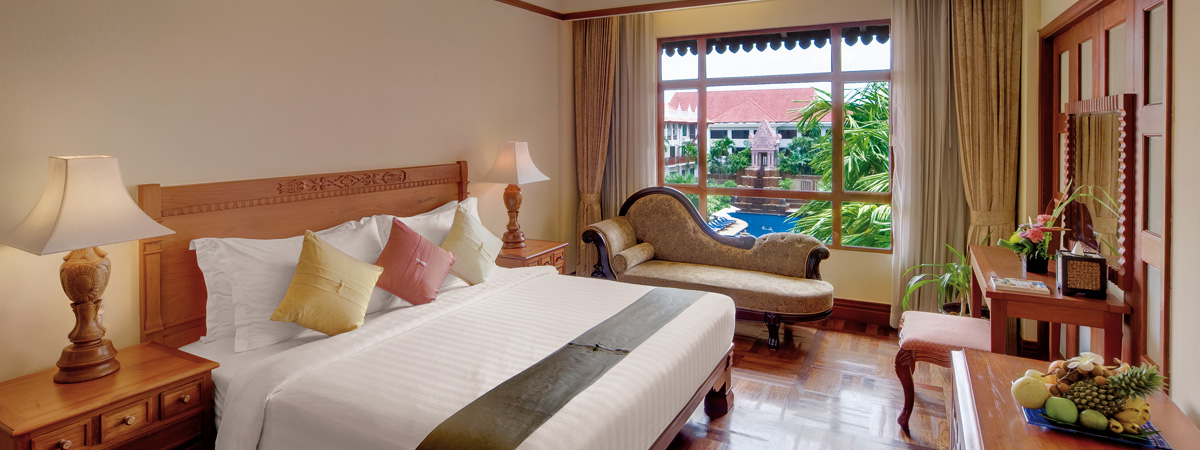
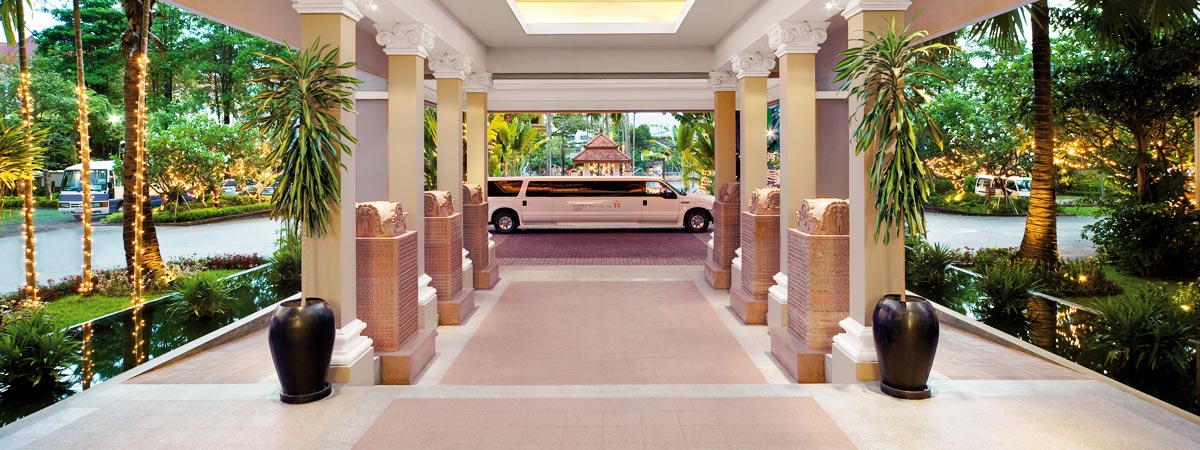
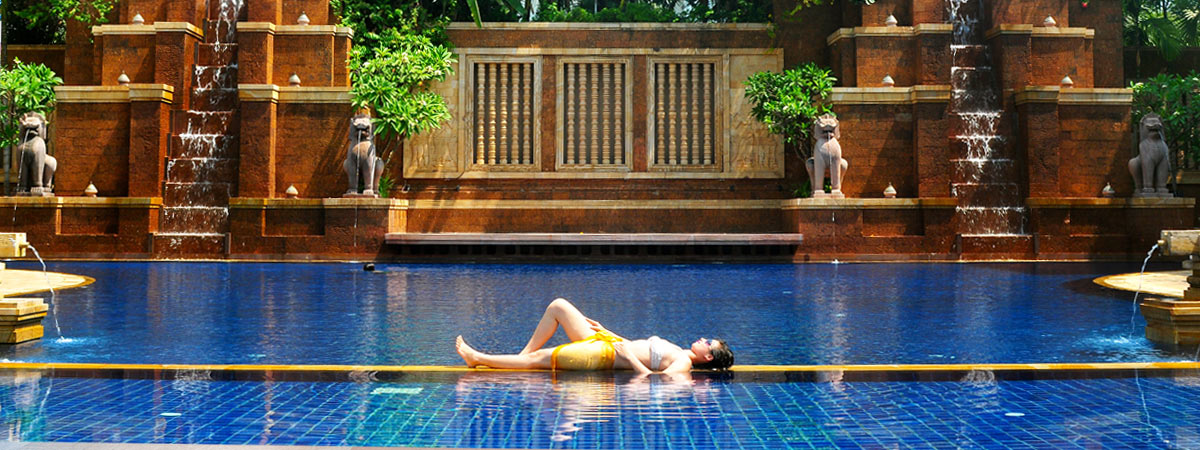

_11-Explore-dAngkor.jpg)
